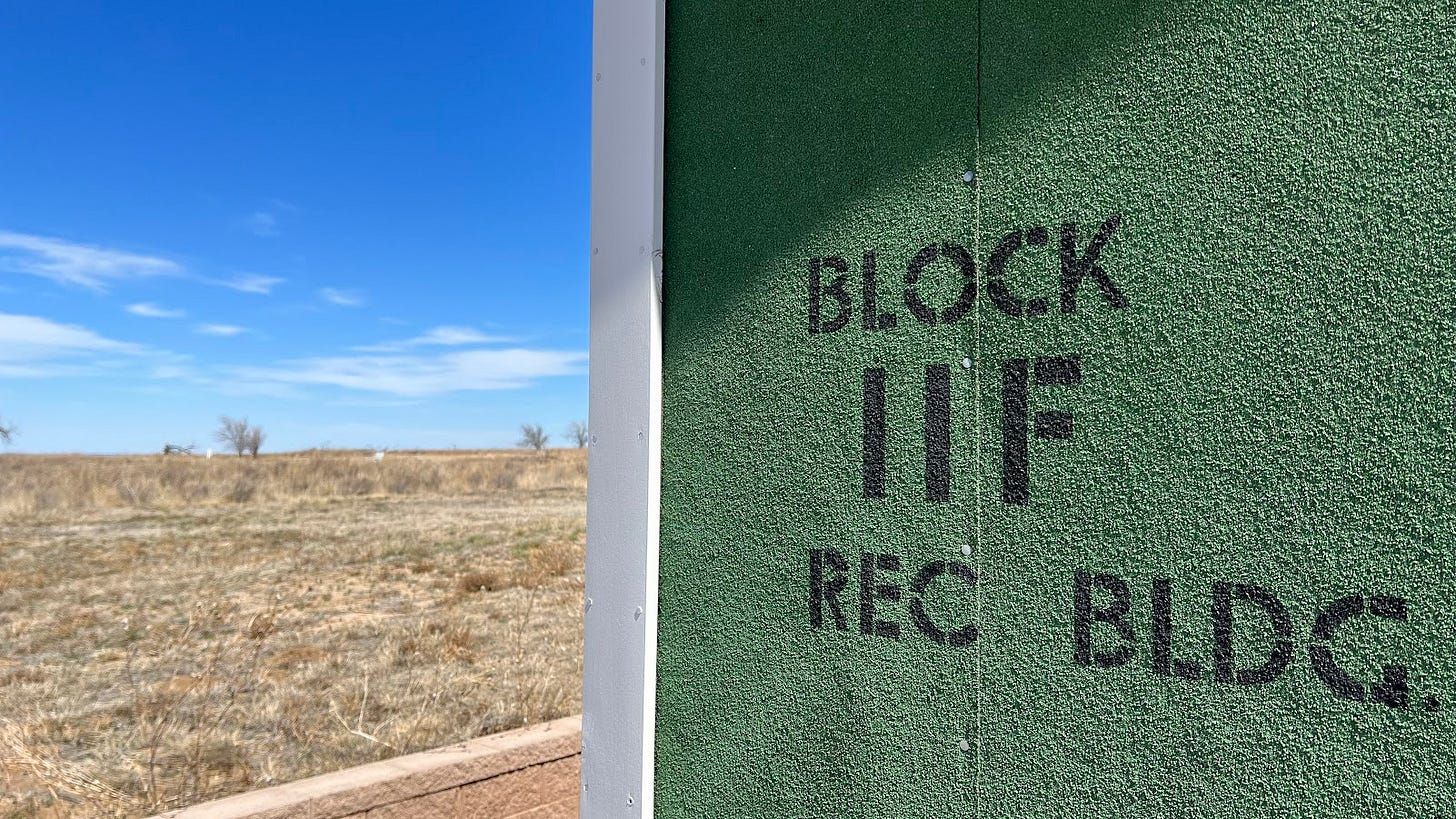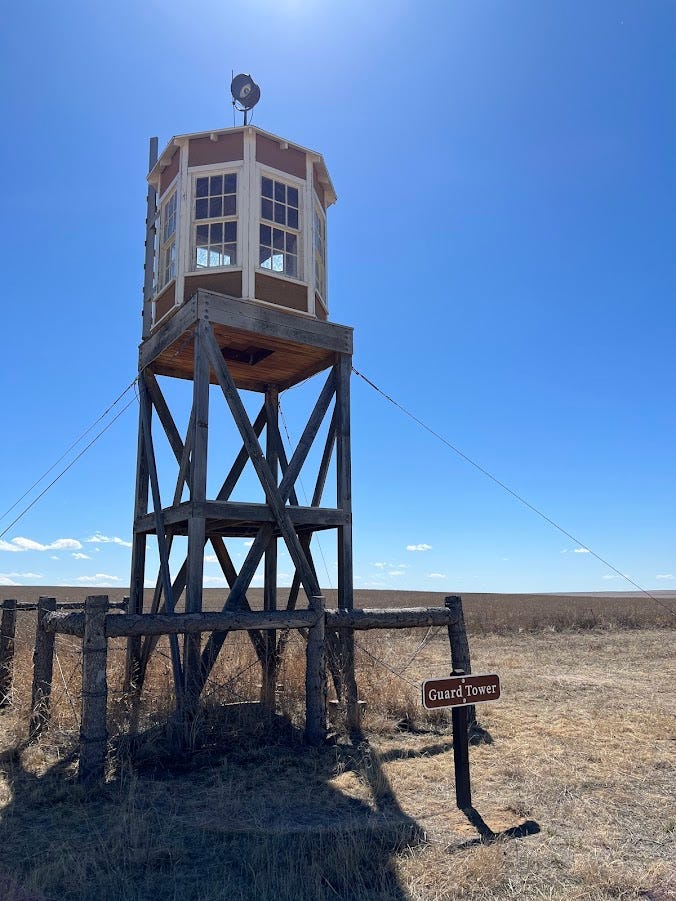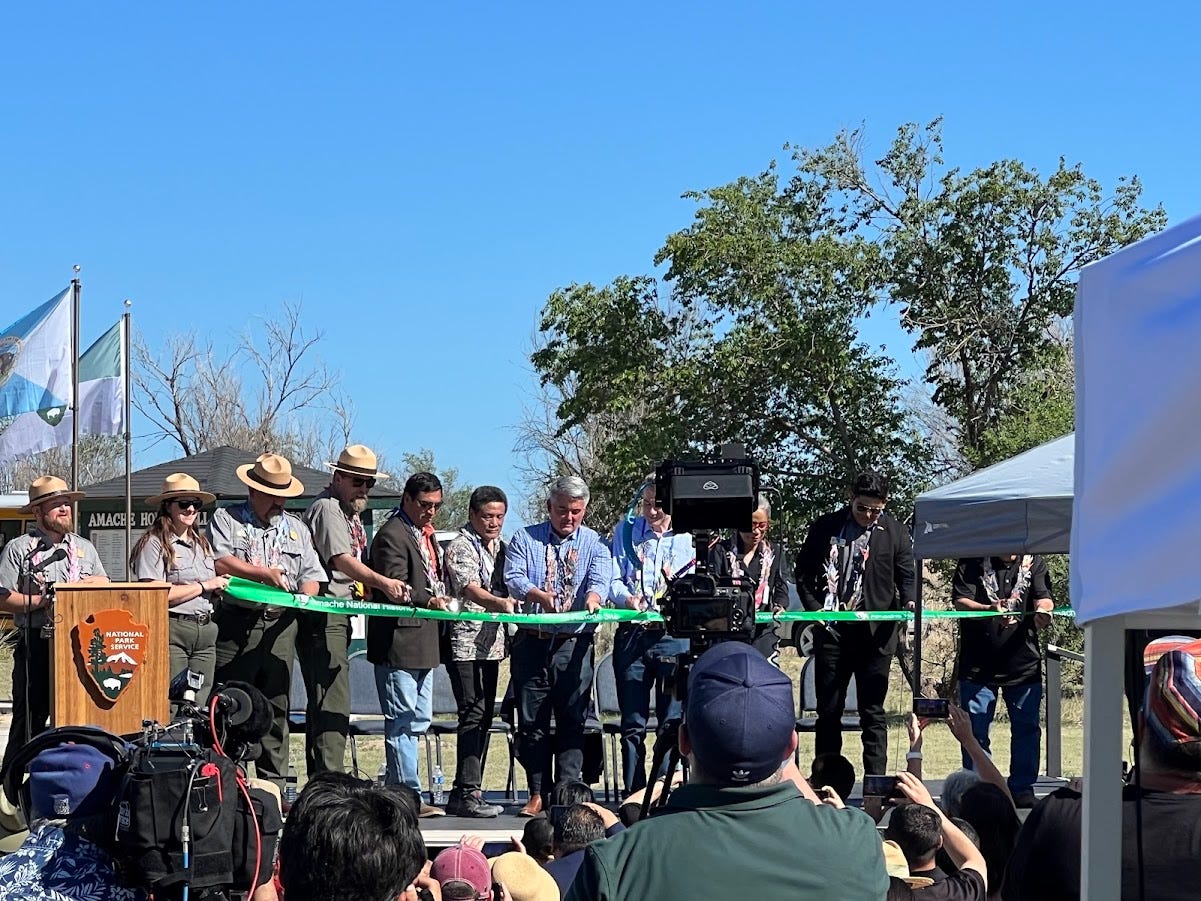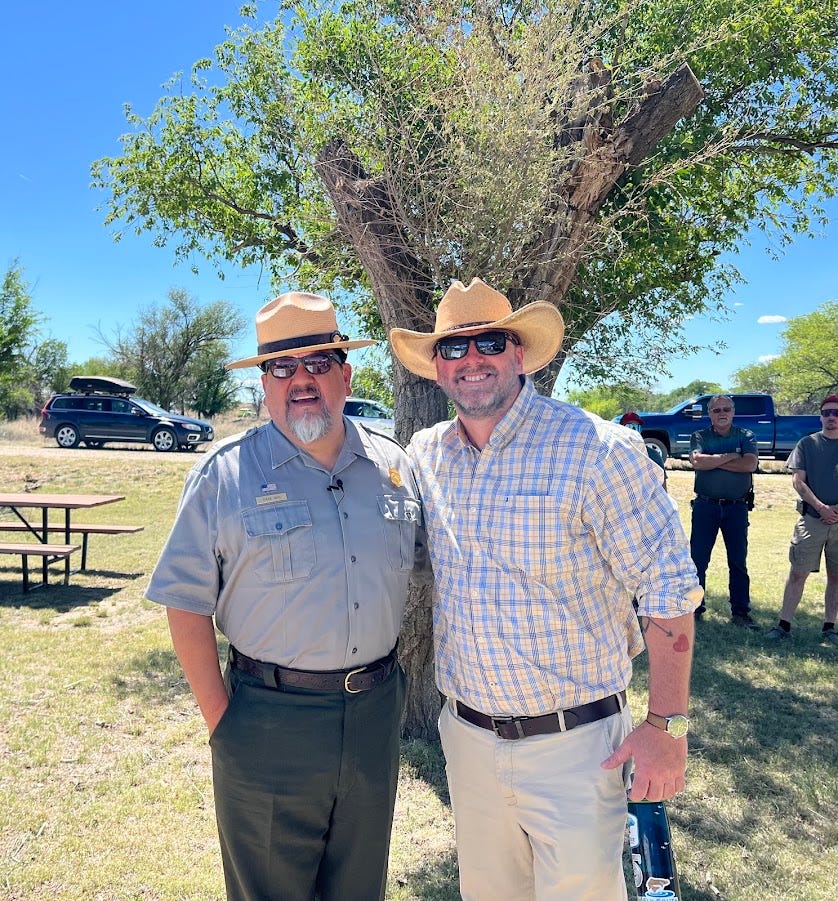Colorado, like a lot of places, has a long and complicated history. But it’s also full of compassion, endurance, resilience, and love. I’m going to tell you a story that combines the two.
I think most people are at least vaguely familiar with the Japanese American internment camps of World War II. Long story short, during the war, racist fears drove Americans to forcibly evict Japanese Americans from their homes to live under armed guard at one of ten camps far from home. More than 120,000 human beings lived here for the better part of three years. These spaces had very official sounding names: In Arizona stood Gila River Relocation Center and Poston War Relocation Center. California had two: Manzanar War Relocation Center and Tule Lake War Relocation Center. So did Arkansas: Jerome War Relocation Center and Rohwer War Relocation Center. Minidoka War Relocation Center was in Idaho; Heart Mountain War Relocation Center was in Wyoming. Colorado had Grenada War Relocation Center.
Grenada War Relocation Center has another name: Amache. We’ll get to that in a bit.
These places remain a great stain on the legacy of the Roosevelt Administration, and of the United States itself. And while we are at it, let’s call these camps what they were: concentration camps. No, they were not the Auschwitz-style death camps utilized by the Germans, but the federal government forced people to live here under barbed wire and machine gun towers. In this way, they were similar to concentration camps used against Native Americans at places like Fort Marion in St. Augustine, Florida or Fort Snelling in Minneapolis.
I had seen a bit of this before. When Natalie and I were together I’d visit Denver and often we’d stop in to see History Colorado, where researchers and archivists along with community members are reconstructing the hard histories of our collective past. Among those exhibits are really well done spaces that recreate the living areas at Amache. But I never thought I’d see Amache itself.
I was preceded in my arrival to Colorado by that of my friend Eric Leonard, a National Park Service lifer who loves both this country and telling its history. Eric and others I know in the NPS like my friends Chris Barr and Rich Condon are along wth their colleagues probably doing more as historians than most of us will ever dream. They are the storytellers. Eric is the new superintendent of not only Amache, but also Bent’s Old Fort National Historic Site, Capulin Volcano National Historic Site, and Sand Creek Massacre National Historic Site. Eric encouraged me to visit Amache with him about a month ago, where he shared with me the history of the site, while I snapped photos that I might someday share with you.
One of the things Eric told me about was the fascinating relationship between Amache survivors and their descendants and the Cheyenne and Northern Cheyenne tribes. See, Amache, like the rest of the camps and the entirety of the United States is built on Native land. And there is undoubtedly a tragic parallel of the United States forcibly relocating people to spacing where it forcibly evicted people from their homelands. Amache’s location is quite close to that of the Sand Creek Massacre, where on November 29, 1864 Americans under John Chivington murdered over 200 Cheyenne and Arapaho men, women, and children. One of the people killed was a Cheyenne man named Ochinee. However, their descendants remain today among the Northern Cheyenne Tribe, the Northern Arapaho Tribe, and the Cheyenne and Arapaho Tribes. Ochinee’s daughter had married a white trader and was not present at the attack, being held hostage and prevented from being at the campsite. Her name was Amache Ochinee Prowers (Walking Woman).
Years later, Japanese residents at Grenada War Relocation Camp began to call the site “Amache.” It stuck. And afterwards, the survivors and descendants of Amache and the people who have always called that land home forged an incredible bond based on shared history and compassion. Beginning in 1975, Amache survivors and descendants have visited the site on the last Saturday before Memorial Day. Over time, enough local action stirred Congressional movements to get Amache listed as a National Historic Site, which formall occurred last fall, though the ribbon cutting was not until yesterday.
It was a beautiful moment, with hundreds in attendance, including Senator Michael Bennet, Cheyenne and Arapaho Governor Reggie Wassama, Amache survivor and former Congressman Mike Honda, and National Park Service Director Chuck Sams.
I work for the Forest Service, not National Parks. So why was I there? Three reasons. For one, it was a big day for my friend so I needed to be there. I had other stuff scheduled but after realizing my dates were confused, I moved stuff around to accommodate the three hour drive to the site. It was gonna be a long day, but I didn’t care. Secondly, I am a Tribal Liaison for the Forest Service. In my mind, that means if something is important to the Tribal Members to whom I serve, then I am damn well going to be there. It doesn’t matter whose function it is. My job is to show up and support tribes. That’s what I do. And finally, I wanted to honor the legacies of my countrymen and neighbors who lived at Amache or who had ancestors who did. I could learn. I could support. I could later share. And I am glad I did.
****
I didn’t get back to the office until about 10pm last night. It was a long drive home and the gps took me on a backroad for some algorhythmic reason. But as I drove, lost in my own thoughts amid a podcast episode, I looked up to see the rain and the setting sun over the plains:
I thought that there were things I wish my grandfather was still here to see.













This is a beautiful, yet heartbreaking, story. I grew up in Colorado, completed college and grad school, and didn’t learn until recently about the role Colorado played in this. I am 52 and trying my best to relearn all of the lies I learned throughout my life. Writing like yours help with this reeducation tremendously! Thank you so very much! Have a great weekend!🫶🏼